News 8/9/12
The 20-location Physicians Immediate Care LLC contracts with Practice Velocity for its VelociDoc EMR and PM software.
CareCloud hires former Practice Fusion and athenahealth exec Edwin Miller as VP of product management.
Dr. Dennis Gottfried of the University of Connecticut Medical School provides some straight talk about ambulatory EMRs, which he says are expensive, time-consuming to implement, and decrease office efficiency. He also notes that because EMRs produce more complete documentation, they raise healthcare costs since better documentation allows physicians to charge more for the same services. An excerpt:
The theoretical benefits of an electronic record are not matched by its actual performance-a performance that increases costs but detracts from clinical efficiencies and does nothing to improve patient outcomes. Although the adoption of EMRs is one of the few health care measure to enjoy bipartisan support, the technology is not good enough to warrant that enthusiasm.
Allscripts reports its Q2 results, which were below analyst estimates: net income of $8 million ($0.04/share) from $15.9 million ($0.08/share) a year ago; revenues of $370 million compared to $357 million last year. The company also lifted its adjusted EPS outlook for 2012 to $0.77 to $0.83/share; previous guidance was $0.74 to $0.80/share.
NoteSwift announces the availability of NoteSwift for Allscripts MyWay EHR. I’ve never seen the technology, but apparently NoteSwift works with Nuance’s Dragon Medical Practice Edition to capture the entire patient visit. If you are going to the Allscripts ACE convention next week in Chicago check out a demonstration of NoteSwift with Allscripts Pro or MyWay and let me know what you think.
MED3OOO customer Family HealthCare Network (CA) receives more than half a million dollars in EHR incentive payments using InteGreat EHR.
Occasional HIStalk Practice contributor Dr. Lyle Berkowitz provides some expert commentary in a Wall Street Journal article evaluating various telemedicine service providers. Berkowitz’s bottom line is that telemedicine services can be convenient for quick consults but should not replace treatment from a patient’s own health system.



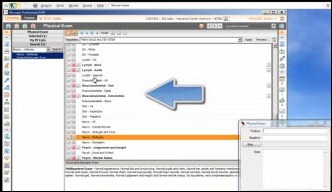

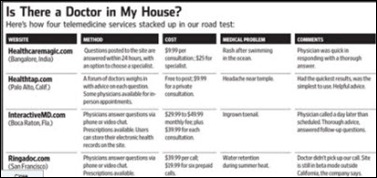


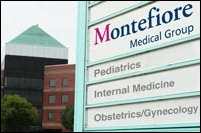
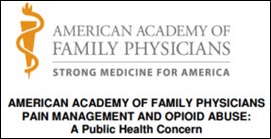





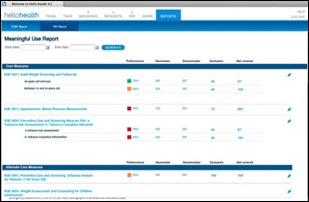
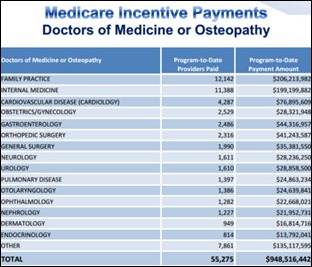


The article about Pediatric Associates in CA has a nugget with a potentially outsized impact: the implication that VFC vaccines…